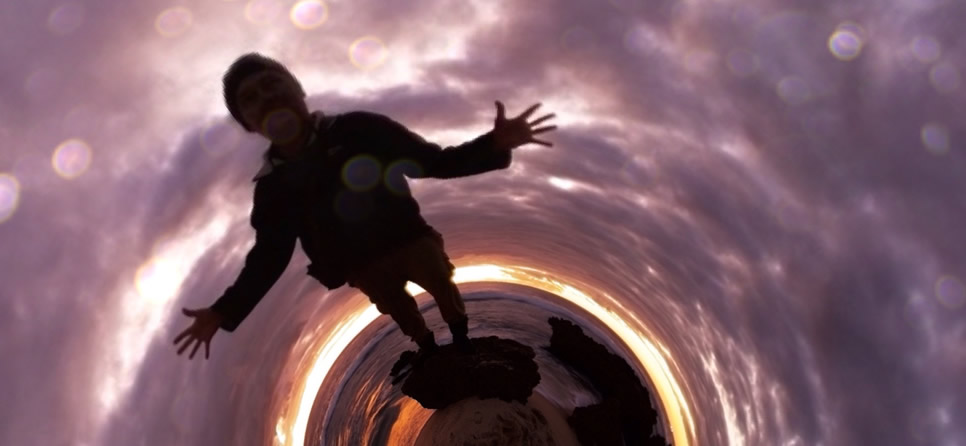
This past October I attended the Twin Cities Book Festival, an annual convention that brings together readers and authors with recently published books. I was invited for The Physics of Everyday Things and wound up having a nice chat with a fellow author at a “Meet-the Author” event. When people discover that I’m a physics professor, I’m used to being asked physics-related questions, typically inspired by recent news stories. However, I was a bit surprised when this fellow asked if science had an opinion on what happened to us after we die.
His father had recently passed away, and he wondered if physics, which traffics in concepts such as energy and information, had, in essence, a conservation principle for people. If energy can be never created or destroyed, but only converted from one form to another, what remains after we are gone? I then thought of the Laser Interferometer Gravitational-Wave Observatory, or LIGO.
LIGO is an experiment to detect ripples in spacetime created by astrophysical events. Distortions in space and time, described as Gravitational Waves, are predicted to exist by Einstein’s General Theory of Relativity, and are generated by specific changes in a mass’s motion. These gravitational waves radiate from the moving mass, like ripples on a lake after a rock is tossed into it. When this spacetime wave passes by you, distances would oscillate, and the frequency and amplitude of oscillation would reflect the nature of the originating event.
It is this transient oscillating variation in lengths that LIGO detects. The experiment splits a laser beam into two and sends them down a pair of pipes at right angles to each other, each pipe being two and a half miles long. The beams bounce off mirrors at the end of the pipes and retrace their path, recombining where they started and forming an interference pattern. Any change in the length of the path that the laser light travels will show up as a variation in this combined interference pattern. There are actually two detectors – one in Louisiana and another in Washington state, and a signal is considered real only if both detectors see the same pattern at the same time.
Following decades of construction and testing by over one thousand physicists and engineers, on September 14, 2015 the LIGO team detected a gravitational wave that was created when two giant black holes collided, a long time ago in a galaxy far, far away. The black holes had a mass of 36 and 29 times that of our sun, and in the process the mass equivalent of three of our suns was converted into energy in a fraction of a second, resulting in distortions of spacetime that traveled for over a billion years until observed by the LIGO experiment. This experimental tour de force justly garnered the Noble Prize in Physics in 2017.
But Einstein’s equations tell us that the acceleration of even much smaller masses can generate gravitational waves, though of course these waves will be much weaker in amplitude. So, as we live our lives, moving to and fro, under certain circumstances we each in turn create our own ripples in spacetime. Each wave combines with other gravitational waves, so that we all contribute to the overall pattern. These waves propagate out into the universe, traveling at the speed of light, continuing their journey long after we are gone.
The spacetime distortions we create as we go about our lives are trillions and trillions of times smaller than those created when black holes collide, and are undetectable. But physics tells us that if something is not forbidden, then no matter how small, it is never truly zero. In the lab, scientists can routinely measure events that happen in a femtosecond, a thousandth trillionth of a second, a time interval so short that light would not have time to pass by a virus. Researchers have recently created x-ray pulses twenty times shorter than a femtosecond. While the ripples in spacetime we spawn can not be measured, a few years ago I would have said the same for black holes colliding in a galaxy a billion light-years away.
As I described the LIGO experiment and their results to this gentleman, and the generalization to the spacetime ripples each of us generate, I thought, here was a situation where the scientifically accurate description of a phenomena could also offer support for a belief that we all leave an imprint on the universe.
He seemed satisfied with this answer. And so was I.